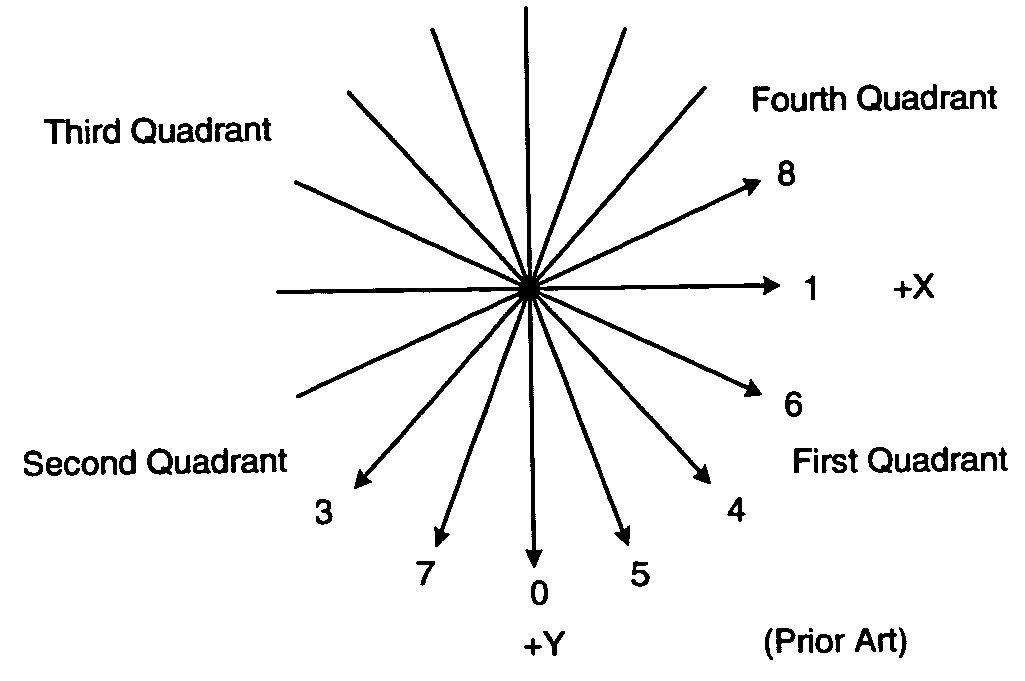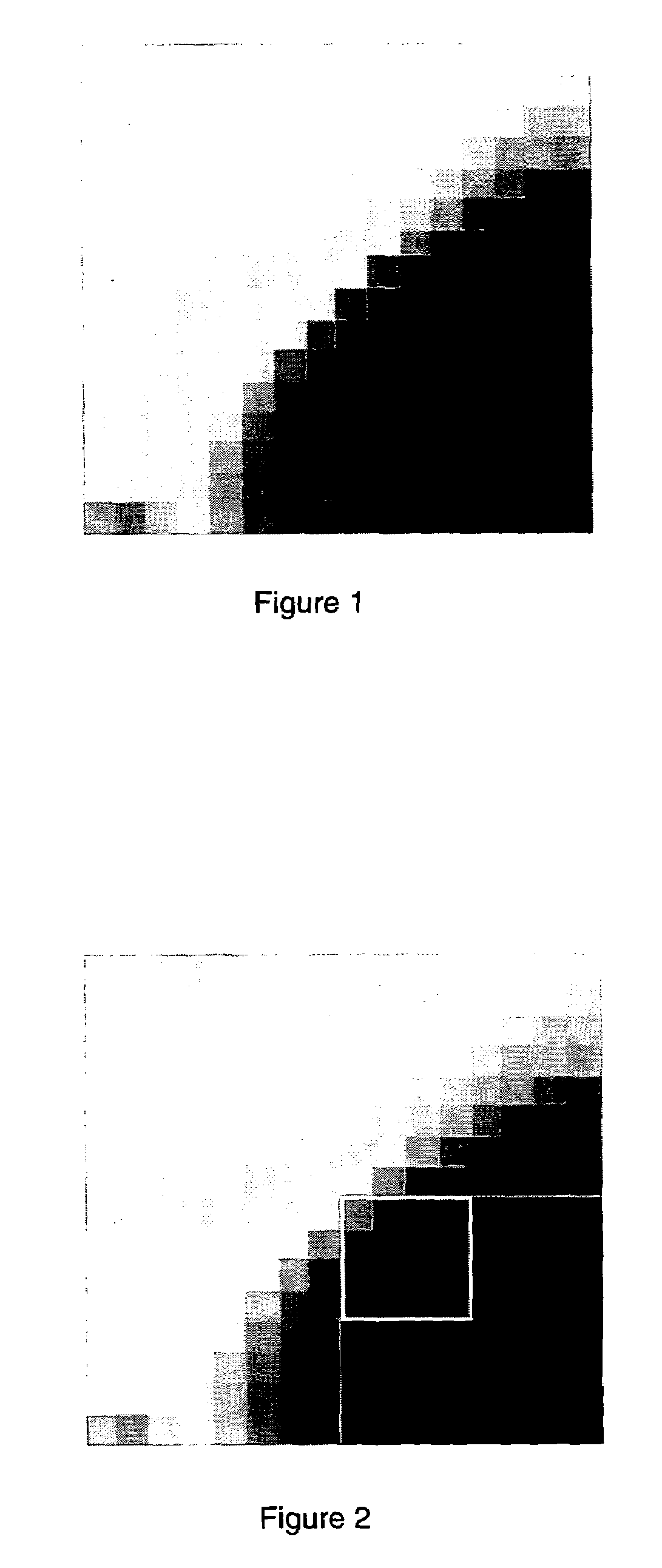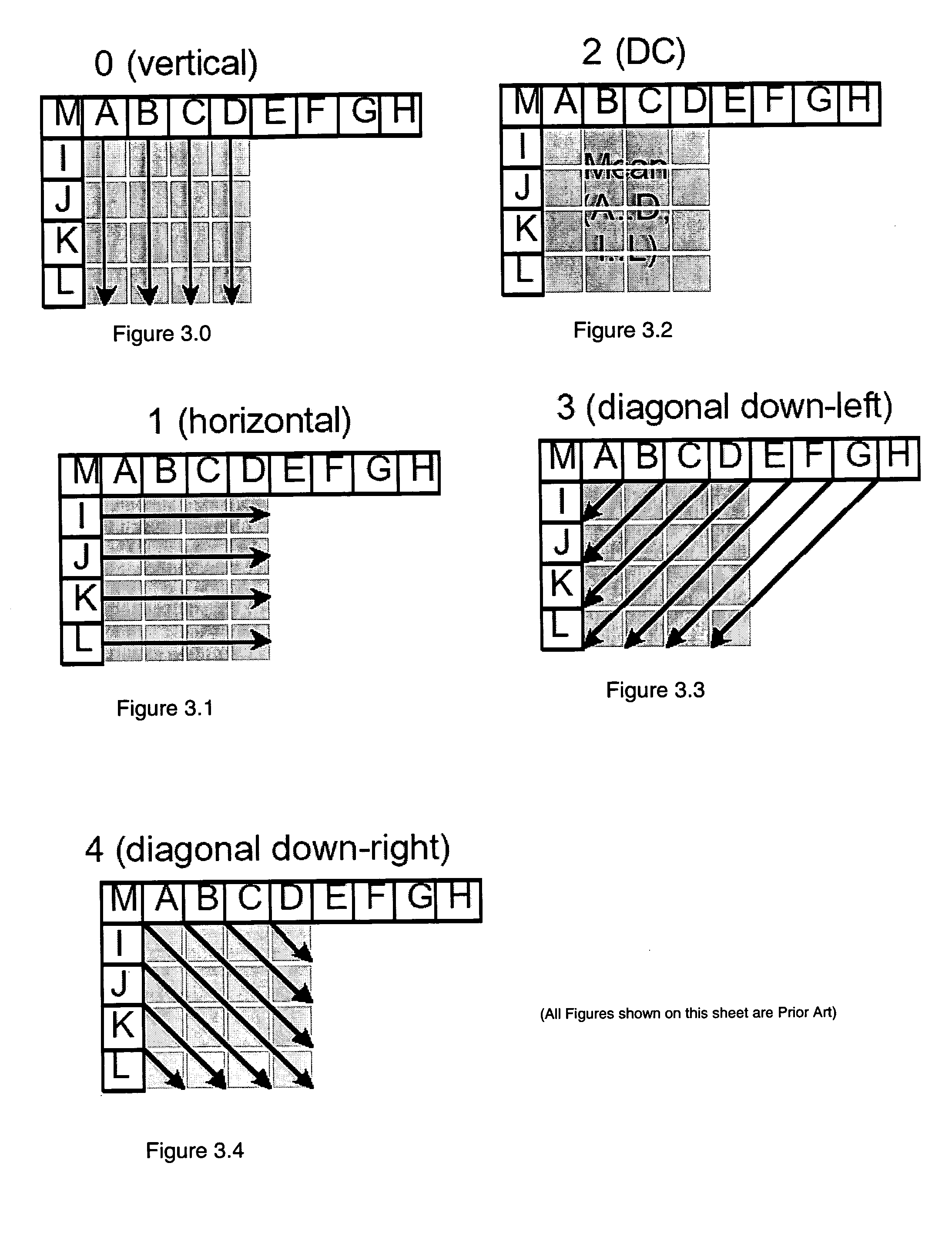Adaptive filter to improve H-264 video quality
a technology of adaptive filter and video quality, which is applied in the field of interactive, streaming or broadcast digital video coding, can solve the problems of increasing the artifacts of reproduced video pictures and becoming very distracting, and achieve the effect of reducing or eliminating such artifacts and less or no distracting sparkling artifacts
- Summary
- Abstract
- Description
- Claims
- Application Information
AI Technical Summary
Benefits of technology
Problems solved by technology
Method used
Image
Examples
Embodiment Construction
[0017]Video pictures contain a very large amount of information. It is generally very cumbersome and even impractical to store or transmit raw video pictures. Raw video pictures are generally coded according to a certain scheme. The coded video pictures or bit streams are stored for later viewing or transmitted through a network for viewing at another location. When the video pictures need to be displayed, they are decoded in a reversed coding process and reproduced. H.264 standard defines one of the decoding schemes. A video codec here refers to the encoding and decoding of digital video pictures. A video processing scheme may have some features that are common among all video processing and some features that are peculiar to the scheme. For example, H.264 may have new and unique features, such as intra block prediction, but still uses common transform coding. It is discovered during the investigation that only the intra prediction process is related to the cause of the distracting...
PUM
 Login to View More
Login to View More Abstract
Description
Claims
Application Information
 Login to View More
Login to View More - R&D
- Intellectual Property
- Life Sciences
- Materials
- Tech Scout
- Unparalleled Data Quality
- Higher Quality Content
- 60% Fewer Hallucinations
Browse by: Latest US Patents, China's latest patents, Technical Efficacy Thesaurus, Application Domain, Technology Topic, Popular Technical Reports.
© 2025 PatSnap. All rights reserved.Legal|Privacy policy|Modern Slavery Act Transparency Statement|Sitemap|About US| Contact US: help@patsnap.com



